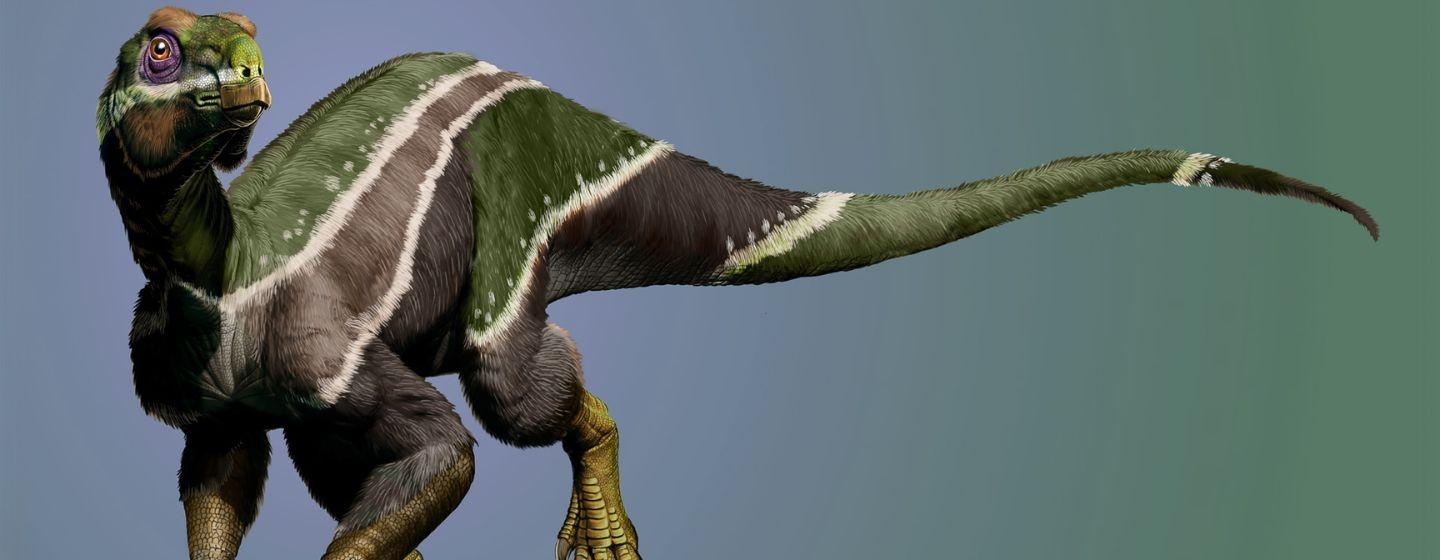NC State Researcher Discovers New, Unique Plant-Eating Dinosaur


The dinosaurs that everyone loves, like Tyrannosaurus rex and Triceratops, come from the late Jurassic Period (about 150 million years ago) as well as the late Cretaceous Period (about 60 million years ago).
But what happened in North America during the mid-Cretaceous Period when Earth’s warming climate forced massive changes to global dinosaur populations?
Dr. Lindsay Zanno, an associate research professor at NC State and head of paleontology at the North Carolina Museum of Natural Sciences, believes her new dino discovery may help answer that question.
“Finding Iani was a streak of luck,” said Zanno, in a press release from NC State. “We knew something like it lived in this ecosystem because isolated teeth had been collected here and there, but we weren’t expecting to stumble upon such a beautiful skeleton, especially from this time in Earth’s history. Having a nearly complete skull was invaluable for piecing the story together.”
The new dinosaur is named Iani smithi after Janus, the two-faced Roman god of change that symbolized transitions. It was an early arthropod, a group of dinosaurs that gave rise to Parasaurolophus and Edmontosaurus,more commonly known as duckbill dinosaurs.
Keep reading to find out why the name is so appropriate.
It appears the new dinosaur was a juvenile. Researchers recovered most of the skeleton, including the skull, vertebrae and limbs, from Utah’s Cedar Mountain Formation. Iani smithi lived in the area during the mid-Cretaceous Period, about 99 million years ago.
Researchers say what is most surprising about the new dino is its powerful jaw, which was designed to chew through tough plant material. That was important for survival because the climate was changing.
Increasing atmospheric carbon dioxide caused the Earth to warm and sea levels to rise. Rainforests thrived at the North and South Poles. Flowering plant life took over coastal areas and supplanted normal food sources for herbivores. Dinosaurs were getting trapped into smaller areas.
In North America, giant plant-eating sauropods that once ruled the landscape as well as the predators that stalked them, the allosaurs, were disappearing. Smaller plant eaters and the predecessors to tyrannosaurs were replacing them.
In addition, plant eaters were arriving from Asia, including Iani smithi.
Dr. Zanno and her team used the well-preserved skeleton to analyze the evolutionary relationships of Iani. It appears there are links to similar types of dinosaurs found in Europe.
And that raises an interesting question: Could Iani be the last of the line of very successful dinosaurs that thrived in North America but were eventually replaced by duckbill dinosaurs? Think of Iani as a last gasp before a time of change and transition.
Now you can see why the new dinosaur is named for Janus.
“This dinosaur stood on the precipice,” Dr. Zanno says, “able to look back at the way North American ecosystems were in the past, but close enough to see the future coming like a bullet train. I think we can all relate to that.”